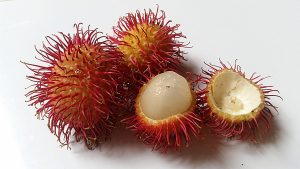
Underarm pigmentation is a common cosmetic concern that affects individuals of all skin types and backgrounds. While not a medical threat, it can cause distress and self-consciousness, leading many to seek effective solutions. In this article, we will explore the various causes of underarm pigmentation, available treatments, and preventive measures to maintain healthy and even-toned underarms.
Causes of Underarm Pigmentation
- Friction and Irritation
Friction and irritation is one of the primary causes of underarm pigmentation. Constant rubbing of clothing against the delicate skin of the underarms can lead to inflammation and darkening. this issue could be exacerbated by tight clothing, especially in hot and humid climates.
Solution: Choose loose-fitting and breathable clothing to minimize friction. Avoid wearing tight sleeves for extended periods, and opt for fabrics that allow better air circulation.
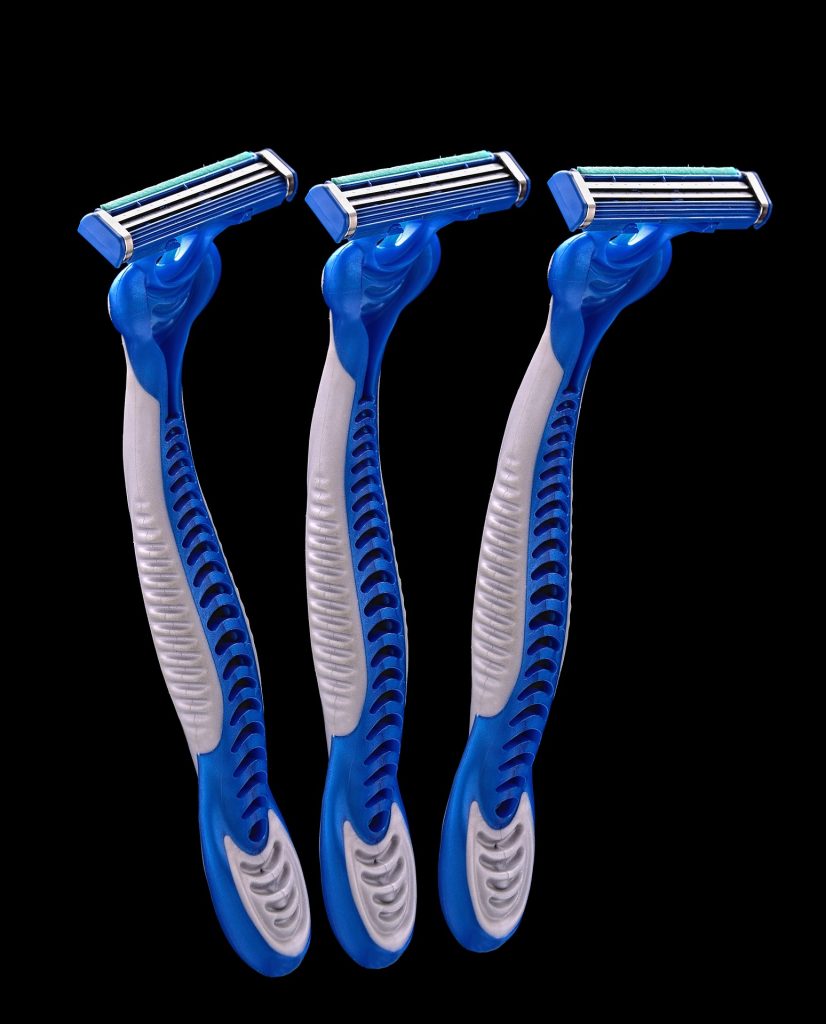
- Shaving and Hair Removal
Underarm pigmentation could be contributed by frequent shaving or other hair removal methods, such as waxing or depilatory creams. The repeated trauma to the hair follicles and surrounding skin can lead to inflammation and hyperpigmentation.
Solution: Consider alternative hair removal methods like laser hair removal or electrolysis. If shaving is preferred, ensure the use of a sharp and clean razor, and moisturize the skin afterward to reduce irritation.
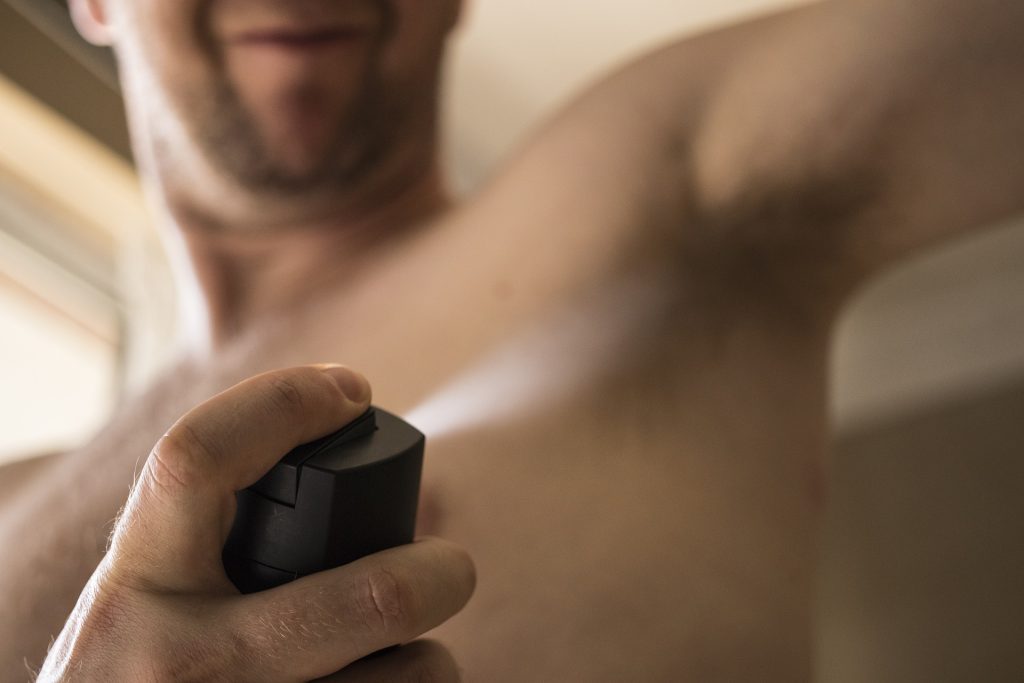
- Deodorants and Antiperspirants
Skin irritation and pigmentation could be caused by certain ingredients in deodorants and antiperspirants, such as aluminum compounds, fragrances, and alcohol. Allergic reactions to these products can further exacerbate the issue.
Solution: Opt for hypoallergenic and fragrance-free deodorants. Conduct patch tests before using a new product to ensure compatibility with your skin. Consider natural alternatives, like alum stone or alum-based deodorants.
- Hormonal Changes
Hormonal fluctuations, particularly during pregnancy, menopause, or menstruation, can contribute to changes in skin pigmentation, including the underarms. This is often referred to as melasma or chloasma.
Solution: While hormonal changes are a natural part of life, maintaining a healthy lifestyle, staying hydrated, and using sunscreen can help minimize pigmentation associated with hormonal shifts.
- Post-Inflammatory Hyperpigmentation
Any form of inflammation or injury to the underarm skin, such as razor burns, ingrown hairs, or skin infections, can result in post-inflammatory hyperpigmentation. This occurs as the skin heals and produces excess melanin.
Solution: Treat underlying skin issues promptly to prevent further inflammation. Use gentle skincare products and avoid picking at ingrown hairs or other skin irritations. Topical treatments containing ingredients like vitamin C, niacinamide, or alpha arbutin can help fade hyperpigmentation.
Treatments for Underarm Pigmentation
- Topical Lightening Agents
Topical treatments containing ingredients like hydroquinone, kojic acid, alpha arbutin, and vitamin C can help lighten underarm pigmentation. These agents work by inhibiting melanin production and promoting skin cell turnover.

- Chemical Peels
Chemical peels, performed by dermatologists, involve the application of a chemical solution to exfoliate the outer layer of the skin. This can help reduce pigmentation and promote the growth of new, evenly pigmented skin.
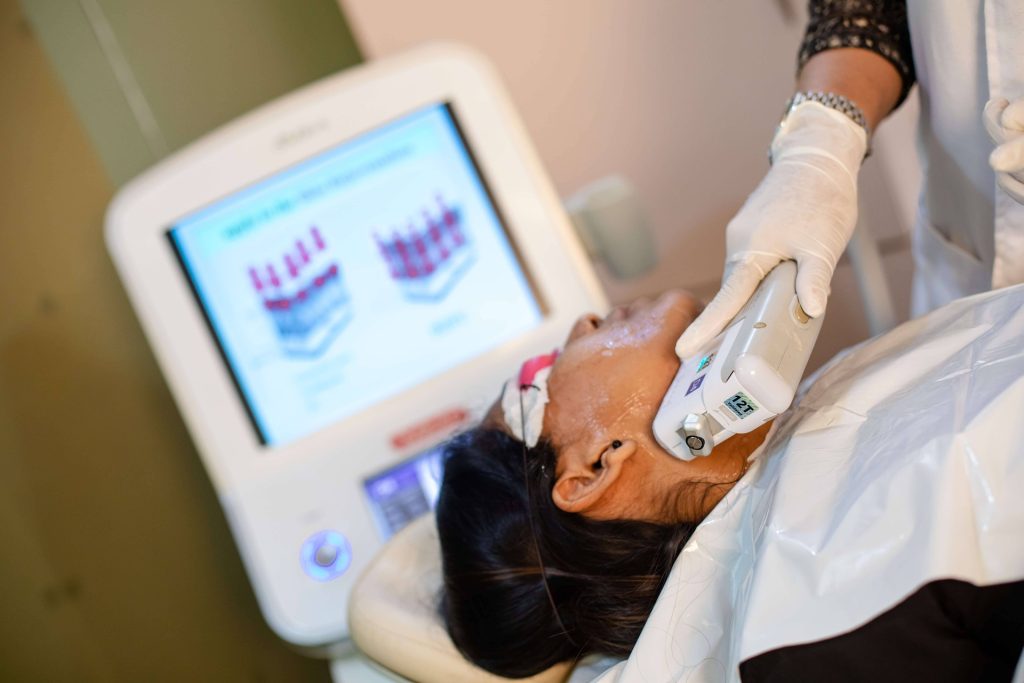
- Laser Therapy
Laser treatments, such as fractional laser or intense pulsed light (IPL), target melanin in the skin and break it down. This can effectively reduce pigmentation and promote collagen production for smoother skin.
Preventive Measures
- Sun Protection
Apply sunscreen to the underarms when exposed to the sun. UV rays can worsen pigmentation and contribute to premature aging. Choose a broad-spectrum sunscreen with at least SPF 30 and reapply as needed.
- Gentle Skincare
Irritation can be prevented by the use of mild, hypoallergenic skincare products. Avoid harsh scrubs or abrasive materials that can cause friction and worsen pigmentation.
- Proper Hygiene
Skin infections and inflammation can be prevented by maintain good hygiene practices like regular showering, keeping the underarm area dry, and wearing clean clothing.
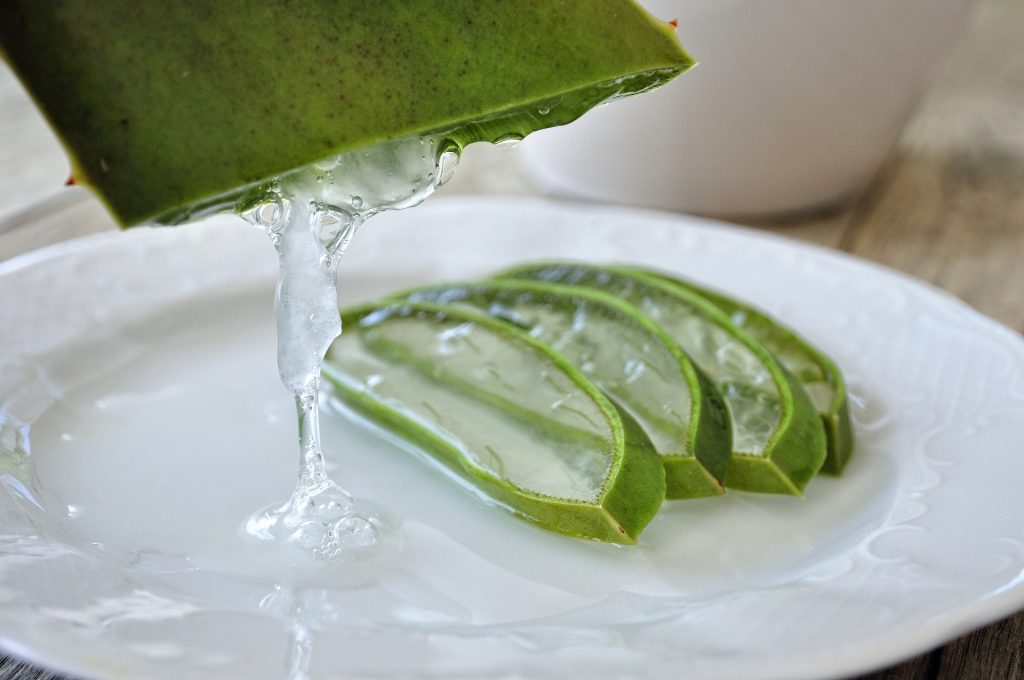
- Natural Remedies
Consider natural remedies like aloe vera, cucumber, or lemon juice, which may help soothe the skin and lighten pigmentation. However, be cautious with acidic ingredients, as they can cause irritation in some individuals.
Conclusion
Underarm pigmentation is a common cosmetic concern with various causes, including friction, hair removal methods, deodorants, hormonal changes, and inflammation. Understanding these factors is crucial for implementing effective preventive measures and choosing appropriate treatments. Whether opting for topical agents, professional treatments, or natural remedies, a holistic approach that addresses the underlying causes and promotes overall skin health is essential for achieving lasting results. Always consult with a dermatologist for personalized advice and guidance based on your specific skin type and condition.






